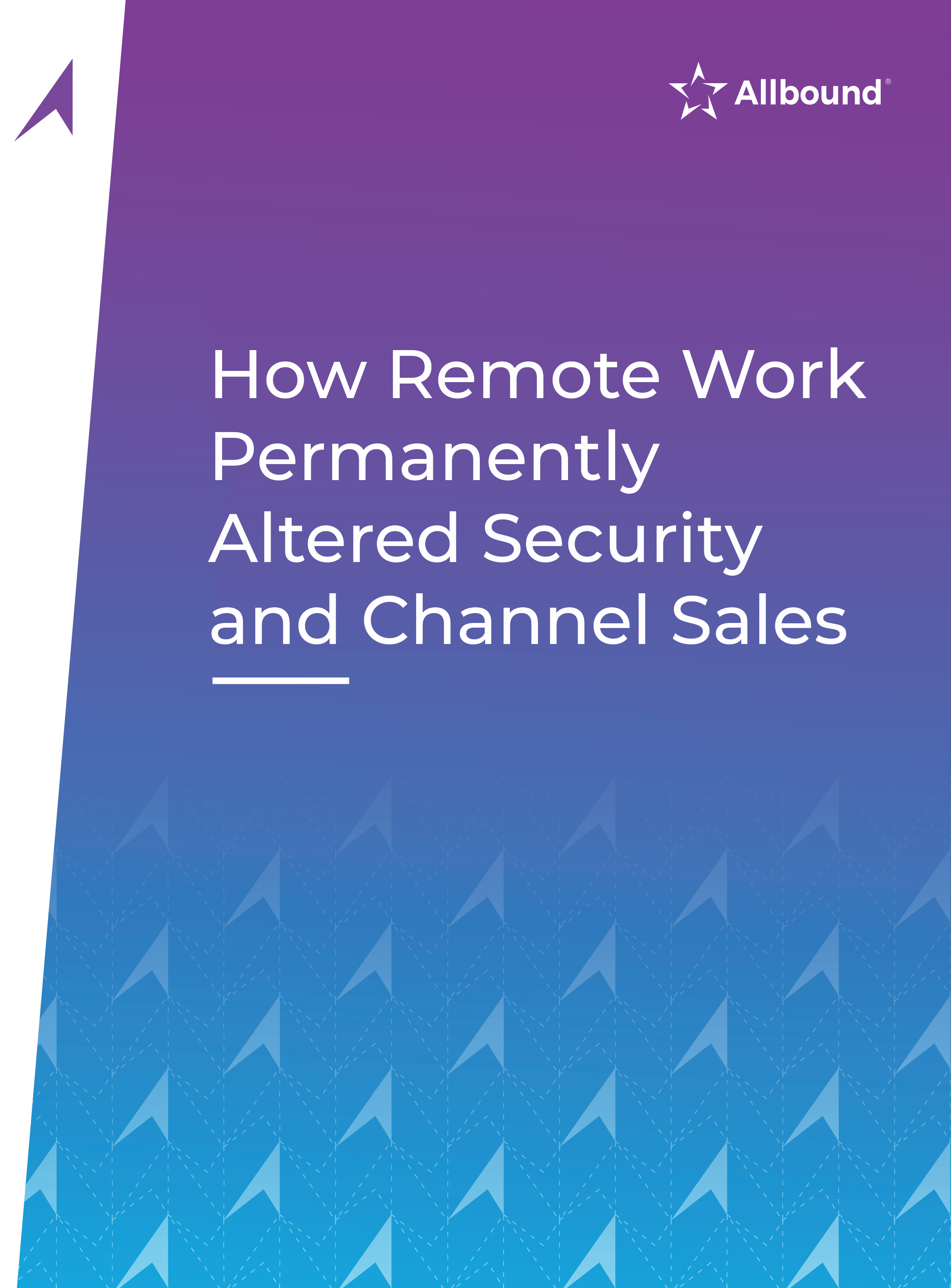Topics
Channel Management for Hire

Norma Watenpaugh, founding principal and CEO, Phoenix Consulting Group
By Norma Watenpaugh, founding principal and CEO, Phoenix Consulting Group
If you are like most channel management organizations, you are continually pressed to do more with less. Although two-third of IT products and services are sold through channels, my guess is that you don’t have two thirds of the sales and marketing budget to enable that revenue. On one hand, that clearly demonstrates the efficiency and scale of channel distribution. But how much better could it be if you were not constantly under-resourced for the job?
Well, good news! There may be cost-efficient resources available to you that you haven’t fully explored. I recently supported a requalification of a company’s distribution strategy, issuing RFI’s to the leading Information Technology and Communications distributors. One of goals of the new strategy was to better scale the channel through harnessing capabilities that these distributors could provide. It was an eye-opener to all of us to see where these distributors were investing in the channel.
Large distributors have the advantage of servicing 40 or more vendor partner programs and thousands of their partners. Additionally, many have invested in business intelligence tools and have not just the perspective of a large swath of the industry but also the means to dig deep in analytics. All of this can help you hone your channel strategy, picking the right investment bets, and leveraging the economies of scale that distributors can offer.
Here are some of the services that these distributors can provide:
Strategy Development
Distributors will work with key partners in developing comprehensive development plans which might, for example, provide a partner a pathway to building an MSP business model, targeting solution areas and vendors, and go-to-market planning.
Targeted Recruitment
Since most distributors have large databases of partners who are profiled by capabilities, certifications, market specializations, and products and services they provide, they are in a position to data-mine potential partners for you by comparing those profiles to an ideal that you may be seeking.
Applying BI techniques, Disties can leverage a propensity-to-buy model to determine which partners have the best chance of success. This is the kind of analysis you see on Amazon.com that informs you that people who bought this shirt also bought these ties. This kind of analysis enables Disties to analyze partners who sell those ‘ties’ or complementary products and services to determine if they are a good fit for you.
Onboarding
Many vendors throw out an onboarding check list to new partners and wish them luck. This is very shortsighted. How you engage with partners in the first 30 to 60 days will determine your lifetime relationship and revenue with them. Beyond a check list, your onboarding process should include a time line and be automated with email alerts, reminders, and scheduled phone calls. Your staff or your CAMs could be managing this process, but of course they are strapped for time. Handing this off to a Distie with a clear mandate and reporting process will ensure it will get done helping your company reap lifetime benefits.
Training and Enablement
Many Disties have invested in learning management systems which enable them to provide product education in a variety of modes: e-learning, instructor delivered remote or onsite. Learning consumption and progress toward certifications can be tracked and reported. Some vendors have had great success with train-the-trainer programs, where the distributor’s technical staff is trained and certified to deliver technical training.
Some vendors prefer to provide training as support to their top tier partners, but distributors can close the gap in providing more programmatic support to the long tail of the channel.
Marketing
Large distributors typically have an in-house agency which enables them to deliver a wide range of demand generation and content development services, usually funded through vendor MDF. They can also downshift to providing individual partners marketing campaigns and services, again often funded through MDF. Most have invested in marketing platforms such as Eloqua, Pardot or Marketo. And a few have invested in Partner Thru platforms such as Zift Solutions which give partners a tool to launch their own campaigns.
It’s important to call upon your Disties’ BI capabilities again. Marketing can become much more targeted and much more personized through analytics. Again, the propensity-to-buy analysis can help narrow down the community of prospects to those who truly have a propensity to buy your offer.
Services and Practices Development
While many distributors are chartered to provide pre-sales support in particular to the long tail, many are taking a more active role in actually enabling partners to develop practices in key technology areas. These practices may be in emerging areas such as Cloud services or IOT, but they may also be the block and tackle basics in Security or Networking. The range of services may include: Assessments, Architecture, Integration, Managed Services, and Migrations in the case of cloud workloads.
Distributors can often provide supplemental services through white-labeled services which can close gaps in partner delivered services.
Sales Execution
This ran the gamut. Some were providing sales tools such as battlecards and case studies, but also targeted account planning, pipeline management, and pre-sales support. Some distributors had vertically-focused account teams to work with partners who were taking a vertical-focus in government, health care, retail, and so forth. We’ve even seen a few distributors pivoting to the new way technology is sold to the line of business executives, providing sales training to partners on how to sell business outcomes.
So how do you pay for all this? Well that’s good news, too. You can set up rebates and incentives based on performance. If you want your distributor to help partners to develop IOT practices, for example, you set up some metrics around how many partners develop services for this area and over time align those metrics and incentives to revenues generated through those services. A good business plan and incentive model will easily pay for itself and demonstrate top line and bottom line performance in your business.
Norma Watenpaugh is the founding principal and CEO of Phoenix Consulting Group, which provides partnering and collaboration consulting services with expertise in partnering strategy, multi-channel and alliance management, and ecosystem development. Prominent clients include Amazon.com, Adobe Systems, Cisco Systems, Dupont, Intel, PayPal, Microsoft, SAP, and Xerox. Norma is also a Board member of the Association of Strategic Alliance Professionals and leads the U.S. delegation to the ISO standards committee for Collaborative Business Relationship Management.









